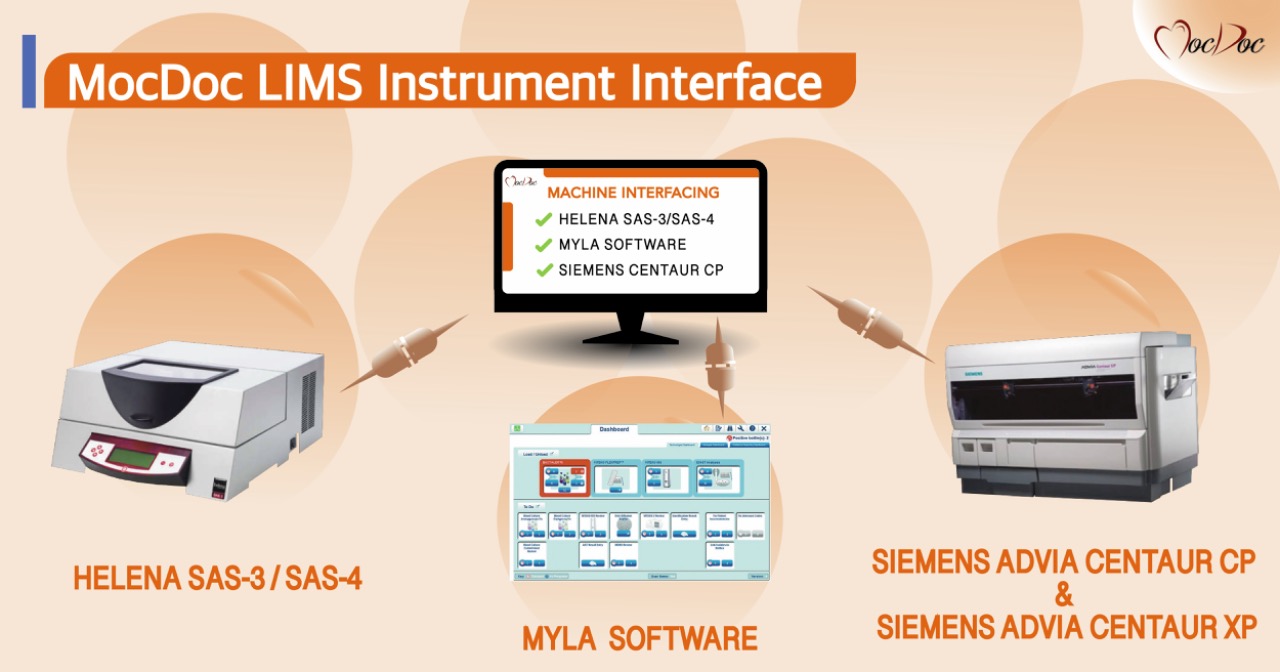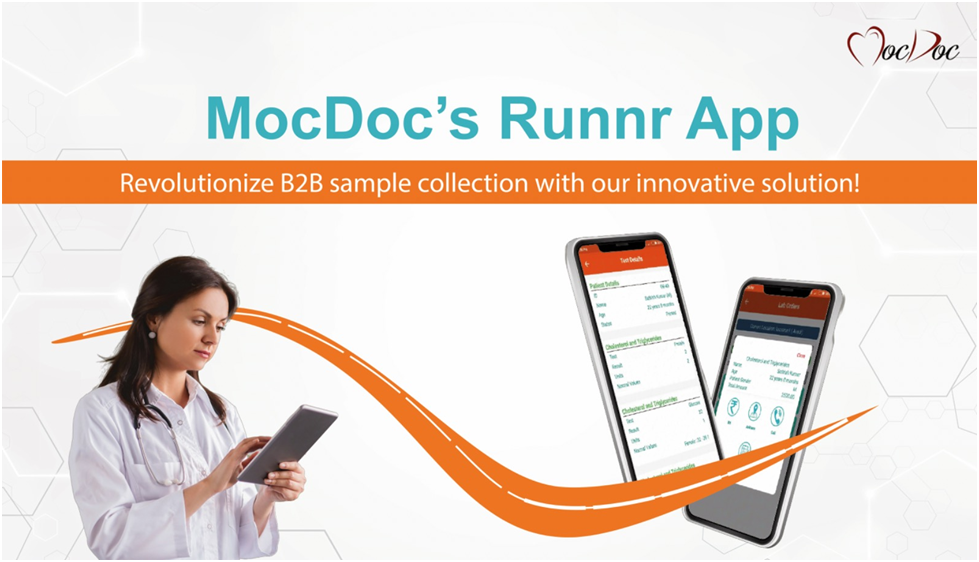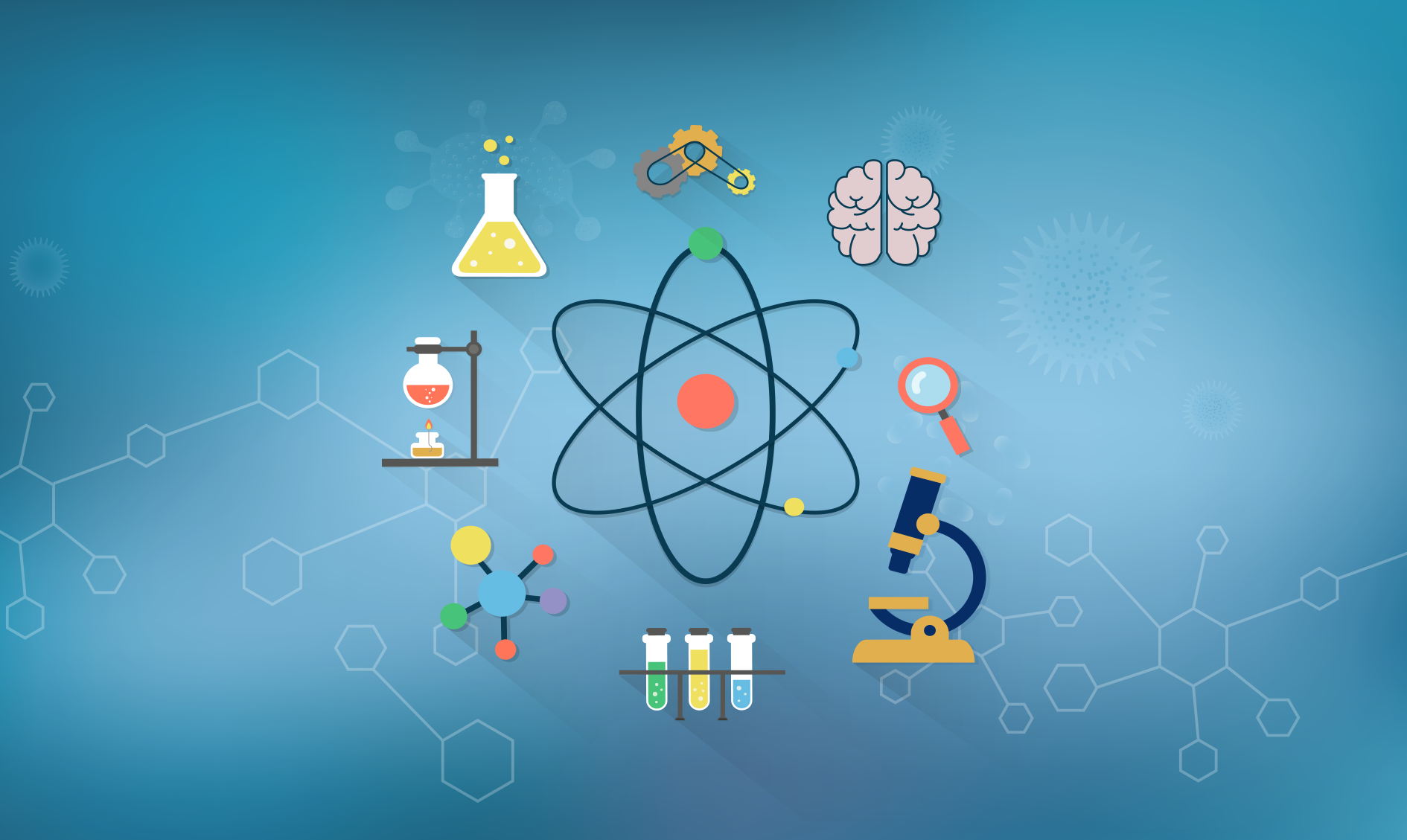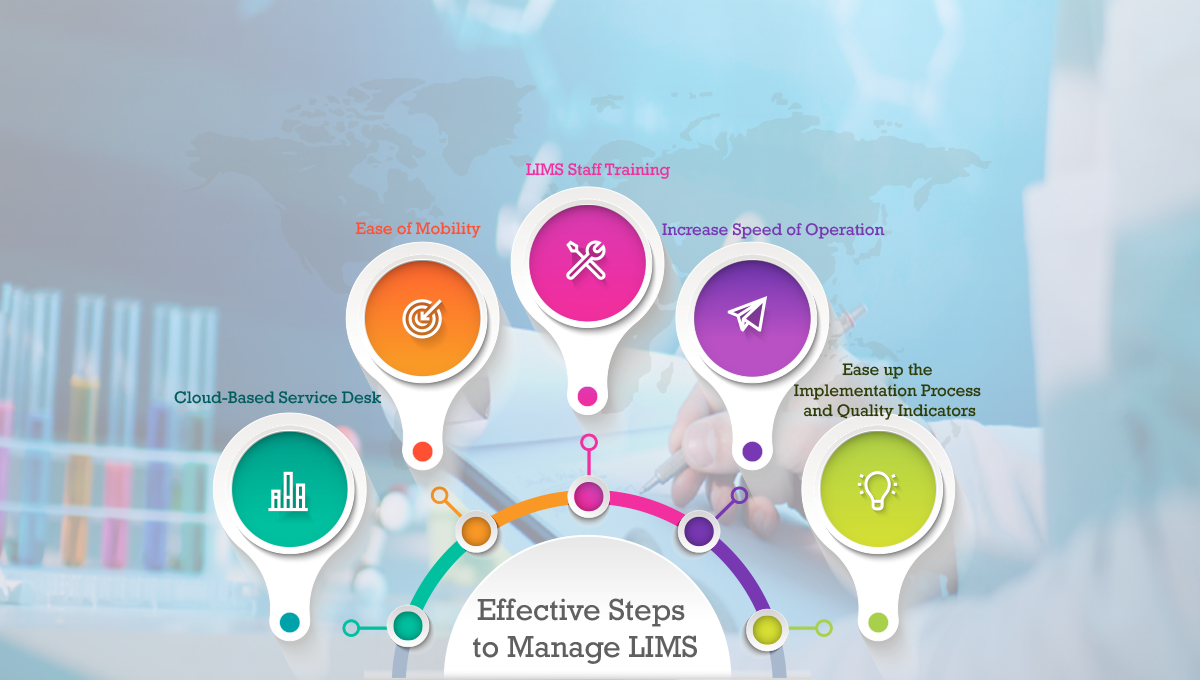MocDoc's Offerings
Complex machine integration with MocDoc’s laboratory management system
Published By
Rithika S
2022042616:59:18
Category LIMS

Save time on complex machines at your lab with MocDoc’s laboratory information management system integration.
We are excited to share with you the news that MocDoc LIMS software has now enabled the integration of Myla software, Siemens Advia centaur CP, Siemens Advia centaur XP, and Helena SAS-3/Helena SAS-4 machine interfacing. This news comes big as labs had it challenging with minimum LIMS software options globally to integrate with these machines, and the MocDoc laboratory information management system is now one of the few LIMS software providers to achieve this milestone.
So what are the Problems the lab faced and why did they want this?
Laboratories, big or small, have all their machines and instruments integrated into a laboratory management system which automates larger parts of their workflow. Machine interfacing helps the labs to
- Reduce the manual intervention of technicians,
- Reduce the time taken to complete every testing process
- Improve the quality of data
- Handle large amounts of samples and more
However, with few complex machines where LIMS integration was a hurdle, labs noticed that they were not achieving their maximum efficiency. The quality of data was affected, and only a few samples were completely analyzed in the given time, not making it possible for labs to handle large amounts of samples, which made it challenging for the labs with minimum laboratory information management system options to integrate with the machines.
Machines and the challenges they posed for MocDoc:
Helena SAS-3/Helena SAS-4 Machine interfacing: This machine is quite an intriguing one. Why? Well, unlike other machines that give results in the form of points or negative or positive, Helena SAS rolls out a gel image on a transparent sheet which is then scanned to get results that are still hard to interpret.
With no option to interface the software with LIMS, lab technicians had to manually record data and enter it into the laboratory management system every time!“laboratory information management system interfacing for Helena SAS-3/Helena SAS-4 is quite challenging. Most LIMS software providers have tried and failed at it.” Says Lab In-charge in Malabar Cancer Center.
This Intrigued the interest of MocDoc’s tech-savvy developers, who accepted the challenge and have achieved and Onboarded Helena SAS-3/Helena SAS-4 machine integration into the MocDoc laboratory management system.
Myla software interfacing: Myla software in labs is interfaced with three machines- Bact/Alert, Vitek 2, and Vitek MS, each performing a stage in the culture testing process. Myla consolidates data from these machines at every stage and streamlines the culture workflow. With MocDoc integrating with Myla software, lab technicians no longer have to manually record data from Myla and enter it into the laboratory management system.
Siemens lab Machine interfacing: Siemens Advia Centaur CP and Siemens Advia Centaur XP are high throughput immunoassay analyzers that deliver improved efficiency in laboratories. These machines demand a high-performance laboratory management system for interfacing. MocDoc using its highly efficient and powerful interfacing engine has completed the interfacing of these machines.
MocDoc laboratory information management system has so far completed 500+ machine integrations and continues to add more!
Related Articles
Revolutionize B2B sample colle...
MocDoc’s Runnr mobile/web application is designe..... Read more
Smart Ways to send Lab Reports...
Communication of patient lab data via state-of-the..... Read more
5 Effective Steps to Manage LI...
Effective Steps to Manage Laboratory Information M..... Read more



